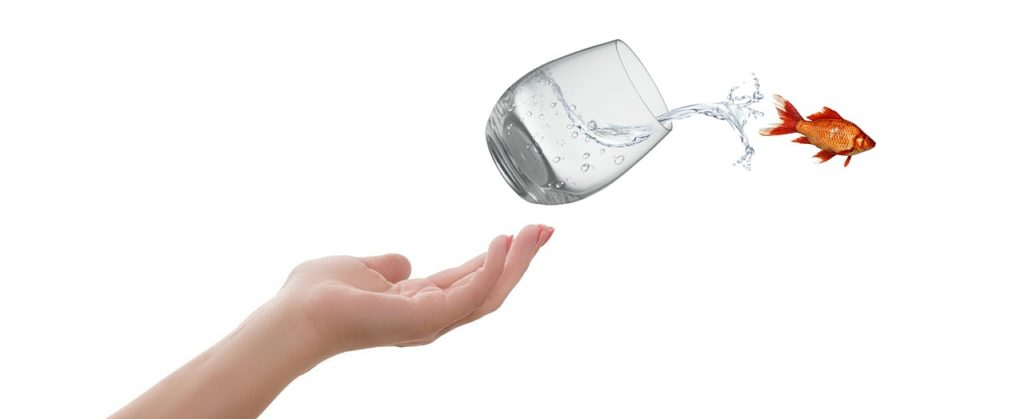This week I want to share the idea of ‘batching’ as it relates to productivity at work, especially when applied to emails. I’m someone who’s borderline obsessed with productivity and constant incremental improvements (kaizen) to my work process. I want to get more done in less time, and still have energy left at the end of the day to balance work with life, and maintain my health.
You can find lots of info and blogs out there on productivity (including this one, today). But did you know that a huge amount of it originates from a single source? One of the undisputed masters of productivity and work-life balance is Tim Ferriss – author of the 4-Hour Work Week, and host of the Tim Ferriss Show.
Although batching is something we all do to one extent or another, the first person I saw codify and apply it to office work is Tim Ferriss. So, what is batching, how does Tim use it, and how can it help you?
What is Batching?
As the name perhaps implies, batching is the grouping together of tasks with the objective of doing them all at once. Bakers bake a batch of bread, not a single loaf, factories produce a batch of thousands of items in a single run before resetting the machinery, and productive workers batch all their calls, emails, meetings, and creative time into separate batches as well.
This reduces “switching costs” (the amount of time it takes to re-focus on a task after you’ve been distracted away from it) and prevents us from being reactive all day. How many times have you sat down to resume your actual job, only to have your train of thought broken by an email or IM notification three minutes later? You read it, send a quick response, and try get back to work, but then you remember further info that might benefit the original sender to you go look up a link. While you’re browsing, that Twitter bookmark calls to you from the top bar and now you’re scrolling for no particular reason. It happens. A lot! But a lot less when you adopt batching.
Tim Ferriss’ email batching
Tim wrote about how he started to only check emails at particular times of the day, and get them all done within a set time-frame. For the rest of the day, emails didn’t happen as far as he was concerned. Then he’d increase this batching to only certain days of the week, until eventually he was only checking email once per week total!
He was helped in this by some automated response systems that explained how he would only check emails periodically, but if your query related to X, then the answer was Y, or if requesting a speaking engagement, he currently wasn’t taking any, etc.
He also empowered his staff to handle any customer service disputes up to a value of $100 without checking for his permission. Since 90% of disputes were for values worth less than $20, and he would previously have been emailed about every dispute only to usually say “yes, grant that”, this saved a huge amount of time for himself and his staff.
But what if I miss an important email?
There are two nuggets of wisdom to consider here.
You train others how to treat you
If you tell the key people that communicate with you that you’re adopting a new email-reduction approach, and will only be checking it once per day, they won’t expect instant replies. This also results in receiving less emails about trivial matters. They will also know that if there’s an actual urgent issue, that they should walk up to your desk, or phone you to get instant access.
Things are rarely that urgent
Things are rarely (depends on your profession, I understand that) so urgent that an email can’t wait a few hours. It’s not an urgent medium. Maybe some day you’ll miss first-come-first-served on a spare concert ticket or something, but what’s the value of that to you? A ticket might be worth €80. What’s it worth to you to have less distractions at work and get more work done more quickly every day?! The trade-off is a no-brainer in my opinion.
How I’ve adopted it
I’ve designed and redesigned many timetables for myself over the years. I think mostly they work at first, then the routine (any routine) kind of gets to you, and you switch things up a bit. I don’t think there’s one perfect timetable for anyone, let alone for everyone. But the one thing that’s worked really well for me is to just have two times of the day to check emails. In my situation I could actually get away with once, probably.
So at 10 am I’ll check email in a 30 minute window. All emails. Personal, work, other work, Facebook and Twitter messages, WhatsApp texts. I’ve 30 minutes to clear it, or postpone things. This includes checking links on newsletters, special deals, articles, etc. I limit my time so I can’t endlessly go down the rabbit hole. If there’s a long article I really want to read I’ll bookmark it for the evening.
Also in this time window I’ll usually send a message to someone I haven’t spoken to in a while. People I met at conferences, friends who live overseas, cousins, etc. That takes 5-10 minutes of the time usually. If there’s any time left over I’ll also try to get in a few mental exercises, memorising lists. I do this habit every day. This is how I can name you 50 States, 28 (soon to be 27?) EU countries + capitals, 32 Irish counties, all Bond movies (by year), and how to say “Cheers” in over 30 languages and counting. I really want to get email out of the way so I can get to this more fun mini-game before starting ‘work’ work.
I repeat this at 2pm. So my day has its communication time and its work time separated. It also means that any query to me should be answered in a half a working day or less, which is perfectly acceptable.
After dinner I have no rules about email or messages (Tim Ferriss would disapprove) but this has worked wonders for me. Outside of those two half hours, (before dinner), all notifications are off. The phone is set to Do Not Disturb (while allowing calls through, since I get very few and they’re usually somewhat important).
Bonus Tip: Gmail Snooze

Gmail now has a Snooze button for emails that allows you to send something in your inbox away and have it return unread at a set time. This is great if you want to clear the clutter and rush to inbox-zero, but without addressing an important issue yet, but not deleting or risking forgetting it either.
Bonus Bonus Tip: Pause your Inbox
You can also use the Boomerang plugin for Gmail to completely pause your Inbox for a time, so that if you need to work inside Gmail but don’t want to be distracted by new messages, they’ve got you covered. This plugin is also how your schedule an email to automatically send at a later time – something Gmail can’t do for some reason.
In Conclusion
Yeah, pretty much batch your emails into one or two times per day, max! You batch your laundry into a single load – why not email and texts? You can experiment with batching other things too, like cooking several meals for the week on Sunday night, or doing your bookkeeping/receipts every 2nd Monday morning. It all takes a little discipline and planning, but it can save huge amounts of time and keep you focused on your real work.
I hope you found this useful. Please share some of your favourite productivity hacks in the comments, or just say hi and let us know if you’re going to/already use this one. If you’d like to read my recent blog post on combating Procrastination, click here.
If you’d like to set up a free call to talk about how I can help double productivity for you or your team, please get in touch. I’m happy to chat for 20 minutes and offer some quick wins at no charge.
Until next time…
PS As an Amazon Associate I earn from qualifying purchases. I’ve linked the book “4-Hour Work Week” above. It costs you no extra to buy through the link, but I get a small percentage as a referral bonus.




